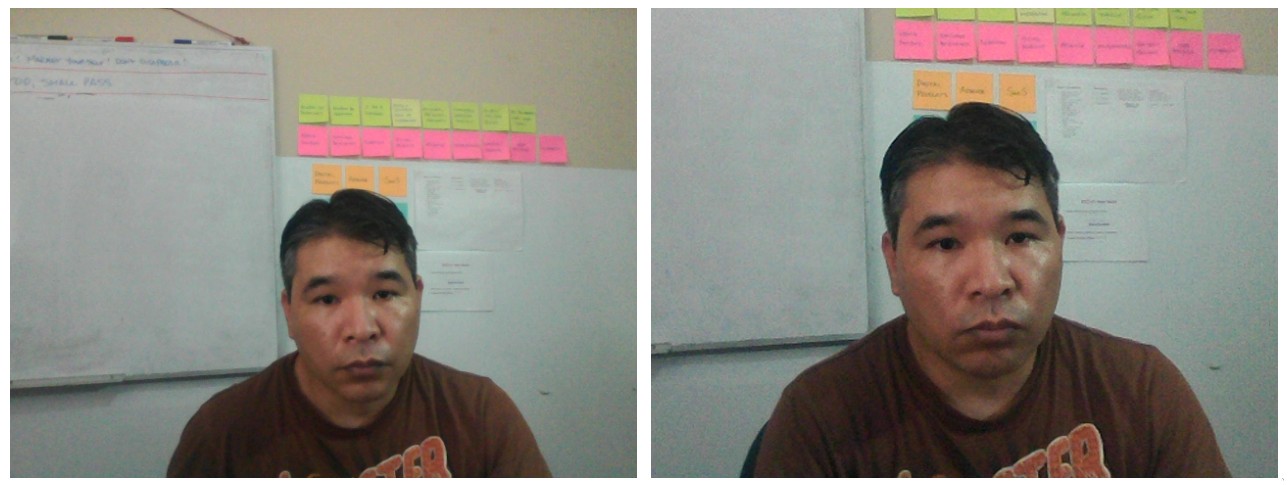Lock screen triggering twice on Xubuntu
After upgrading Jupiter’s Xubuntu to 22.04 (Jammy Jellyfish) on the holidays, I had this weird bug with XFCE where you unlocked and right away you got a different lock screen again, but the text boxes didn’t work and it didn’t respond to mouse clicks or anything. And it’s super hard to search for that kind of thing.
Long story short, disable XFCE’s Screensaver. That second lock screen comes from the screen saver, yep. Why does this happen is beyond me. And since we don’t use a screen saver on Jupiter (it’s the family machine), and I had other things to fix and adjust after the upgrade, I’m OK with this solution.

